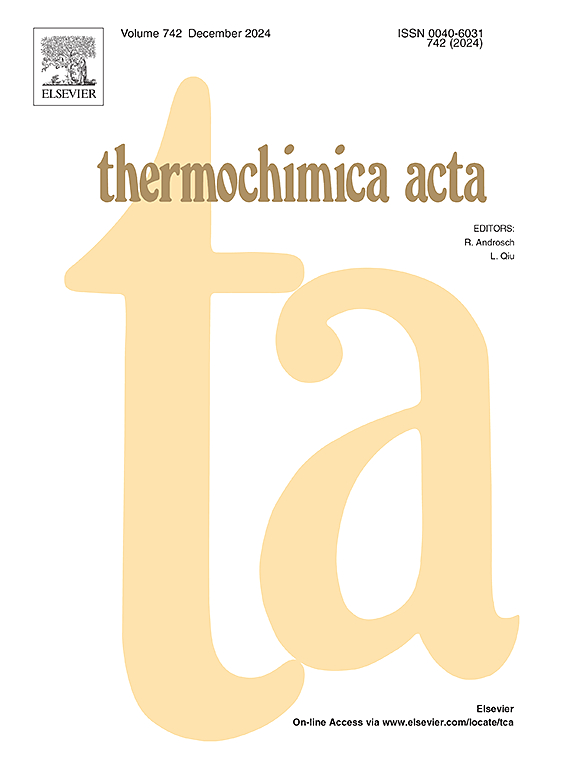Global atomic and group contribution models for prediction of the thermal conductivities of deep eutectic solvents
IF 3.1
2区 化学
Q2 CHEMISTRY, ANALYTICAL
引用次数: 0
Abstract
Deep Eutectic Solvents (DESs) are often categorized as novel green solvents. Knowledge of the thermal conductivity of a solvent in an industrial process is vital for the optimization of energy utilization. Considering the vast number of DESs introduced to date, it is practically impossible to measure all their thermal conductivities. Thus, it is vital to have predictive models that can predict the thermal conductivities of various DESs, and at different temperatures. For this purpose, a large data bank was collected, including 338 data points from 56 DESs of various natures. The data were used to develop a group contribution (GC) model and an atomic contribution (AC) model to predict the thermal conductivities of DESs. The calculated AARD% values of 7.62 % and 9.52 % for the proposed GC and AC models, respectively, indicated reliable performance and promising predictions for both models. The models were also compared to well-known literature models.
预测深共晶溶剂热导率的整体原子和基团贡献模型
深共晶溶剂(DESs)常被归类为新型绿色溶剂。了解工业过程中溶剂的导热性对于优化能源利用是至关重要的。考虑到迄今为止引入的大量DESs,实际上不可能测量所有的热导率。因此,建立预测模型来预测不同温度下的各种ded的导热性是至关重要的。为此目的,收集了一个大型数据库,包括来自56个不同性质的DESs的338个数据点。利用这些数据建立了基团贡献(GC)模型和原子贡献(AC)模型来预测DESs的热导率。计算出的GC和AC模型的AARD%分别为7.62%和9.52%,表明这两种模型的性能可靠,预测前景良好。并将模型与知名文献模型进行了比较。
本文章由计算机程序翻译,如有差异,请以英文原文为准。
求助全文
约1分钟内获得全文
求助全文
来源期刊

Thermochimica Acta
化学-分析化学
CiteScore
6.50
自引率
8.60%
发文量
210
审稿时长
40 days
期刊介绍:
Thermochimica Acta publishes original research contributions covering all aspects of thermoanalytical and calorimetric methods and their application to experimental chemistry, physics, biology and engineering. The journal aims to span the whole range from fundamental research to practical application.
The journal focuses on the research that advances physical and analytical science of thermal phenomena. Therefore, the manuscripts are expected to provide important insights into the thermal phenomena studied or to propose significant improvements of analytical or computational techniques employed in thermal studies. Manuscripts that report the results of routine thermal measurements are not suitable for publication in Thermochimica Acta.
The journal particularly welcomes papers from newly emerging areas as well as from the traditional strength areas:
- New and improved instrumentation and methods
- Thermal properties and behavior of materials
- Kinetics of thermally stimulated processes
 求助内容:
求助内容: 应助结果提醒方式:
应助结果提醒方式:


